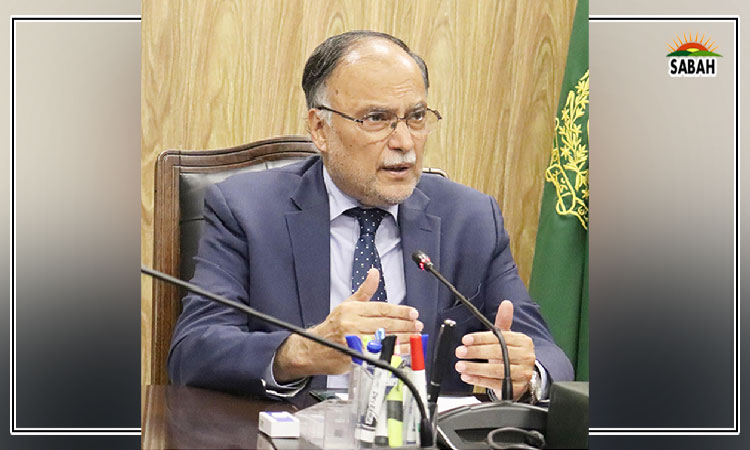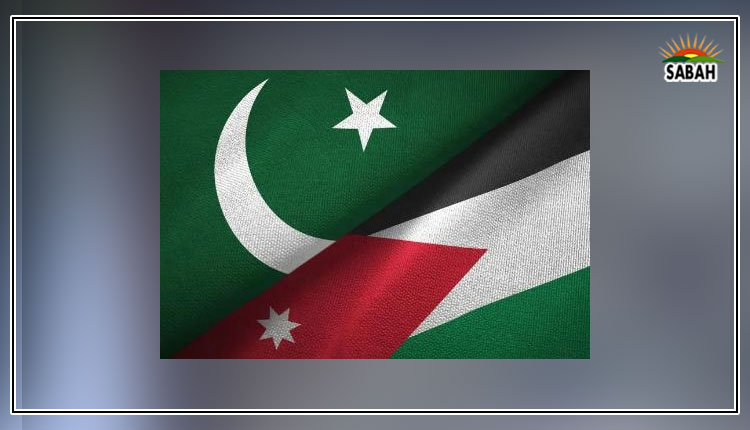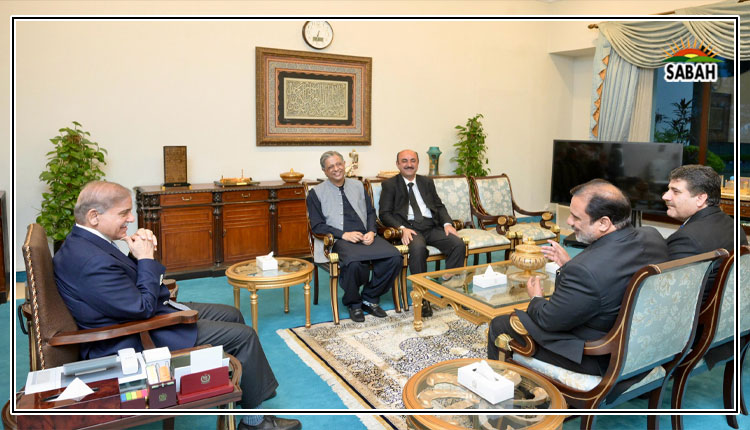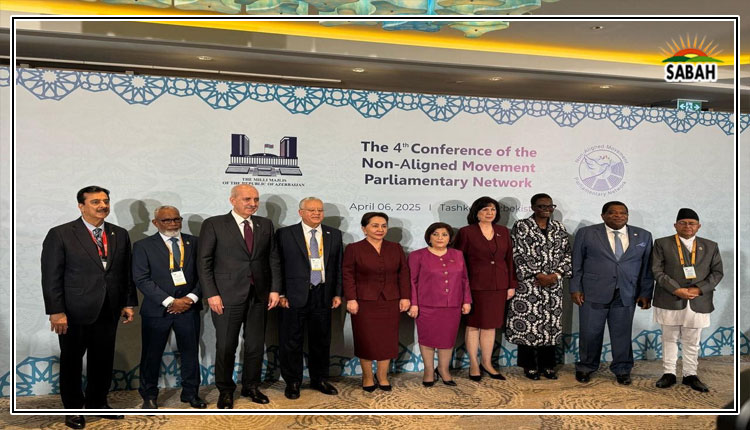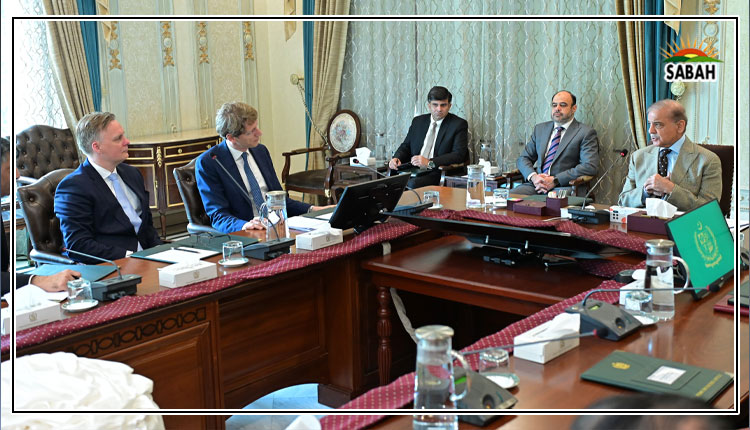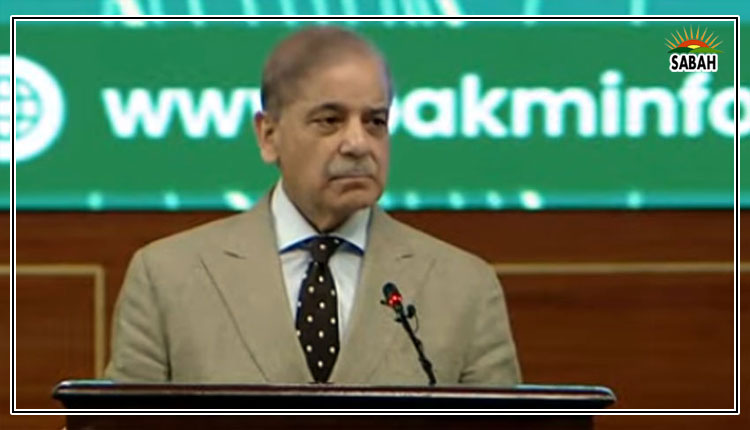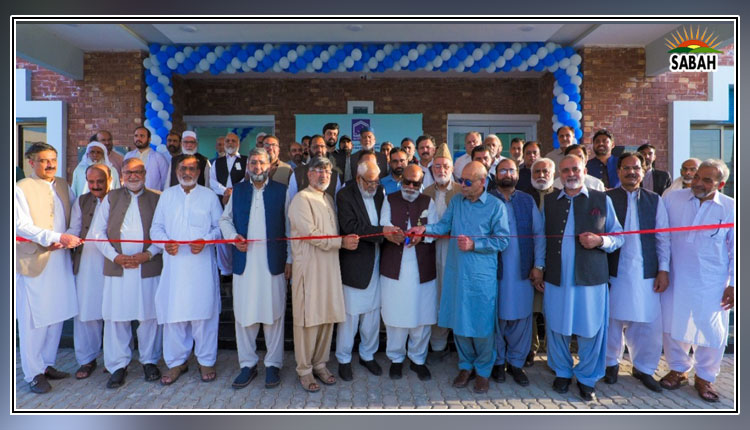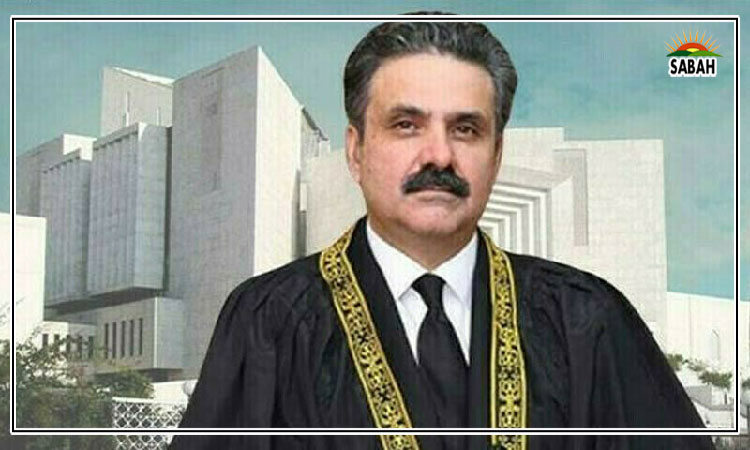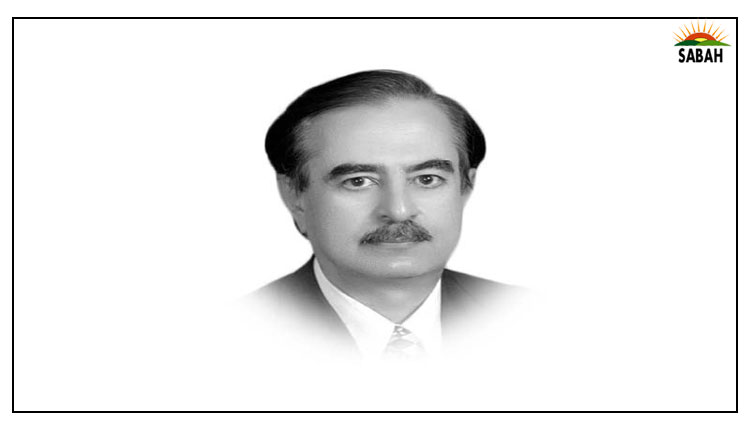Towards an improved system of financial support for poor…Sahibzada Riaz Noor
A civilised, humane, welfare, democratic government cannot be contemplated without the clear necessity for a benign, efficient, fair and transparent system of financial support for the poor, for those that a capitalist market economy necessarily leaves out from a fair distribution of the bread basket. Poverty and inequality are the essential concomitants of a laissez faire economy.
Pakistan can rightly be proud of ushering state help in the shape of cash support to the poorest of poor in July 2008 when the Benazir Income Support Programme (BISP) was launched. That it was a welfare scheme introduced by a civilian government after years of non-civilian rule speaks volumes to commend democracy.
The BISP was initiated in 2008. BISP Kifalat amount was increased from Rs7,250 to Rs8,750 per quarter in 2024, thus making an annual payment per beneficiary of Rs35,000.
In 2024 the total enrolled beneficiaries is 9.2 million. Province-wise enrolled beneficiaries are: Punjab 4.141 million; Sindh 2.327 million; KP 1.594 million; Balochistan 0. 433 million; AJK 0.099 million; and GB: 0.093 million.
Province-wise percentages in total enrolled beneficiaries is: Punjab 47.6%; Sindh 26. 8%; KP 18.3%; Balochistan 4.98%; AJK 1.14%; and GB 1.07%.
BISP Budget 2023-24 is Rs455 billion whereas the benefits accruing to the rich in terms of subsidies and tax exemptions are in the range of Rs1.3- 1.5 trillion.
About 39.4% of the total population lives below the poverty line of $3.2 per day. Out of these, 9.2 million are BISP beneficiaries. If the average family size is presumed at 5 to 6 members, then roughly 54 million poor receive a measly cash assistance of about Rs35,000 or $0.33 per day, much below the World Bank determined Poverty Line of $3.2 per day.
The most glaring deficiencies, besides bureaucratic misuses and corruption, of the BISP are twofold. Firstly, the amount disbursed to each beneficiary of Rs35,000 per annum or $0.33 per day is a miniscule of the World Bank poverty line of $3.2 per day per person, considered just a tot above subsistence levels. Secondly, the BISP allocations and disbursements do not reflect variations in the poverty levels of various provinces and regions.
In terms of provincial GDP and per capita income, the province of KPK stands at the lowest level, even lower than Balochistan, Azad Jammu and Kashmir and Gilgit Baltistan. The per capita income in Punjab is $2003 (2022), Sindh $1,997, Balochistan $1,621, Islamabad $2,500 and KPK only $1,070. (Dr Hafiz Pasha: Growth of the Provincial Economies: IPR: 2015- 16).
In KPK, 20% of its per capita income is attributable to expatriate income earned by labour working in Saudi Arabia and the Gulf states whereas expatriate income contributes only 10% to per capita income in Punjab and less than 3% in Sindh and Baluchistan, clearly indicating sharp scarcity of productive employment opportunities in KPK as compared to Punjab and Sindh.
Although National Income Accounts covering factors such as GDP, per capita income, etc are computed at the national level and not, as in India, on regional basis but data shows that in Punjab and Sindh, 60-70% of all their cultivated area falls in the irrigated category whereas in KP and Balochistan the total irrigated areas as percentage of total cultivated area is only 25% and 10-12% respectively. (Hafiz Pasha. ibid)
UN statistics show that population living below the poverty line ($3. 02 per day) verges on 40% or 96 million out of a total of 240 million. If the average size of a poor family in Pakistan is taken at 5 or 6 persons, it would mean that only 9.26 or only 55.2 million persons out of 96 million or nearly 57.2% of the poor, as officially defined, are covered by the meagre cash transfer under the BISP.
The present budgetary allocation for the BISP is Rs455 billion and the total recipients as of 2024 are 9.2 million. To expand the coverage to all the people living below the poverty line the allocation would require to be increased to at least Rs950-1,000 billion.
Is Rs35,000 per annum or Rs8,750 per quarter or Rs2,916. 66 per month an adequate financial help to the least provided, poorest of the poor, when they are faced with an inflation rate of 18-20%? This amount is one third of the World Bank figure of poverty line of $3.2 per day, which itself is just on the margins of a subsistence existence.
If we assume the figure of 9.2 million as beneficiaries of the BISP programme to be more or less valid then at the poverty line of $3.2 per person per day the amount required as cash transfer comes to $1.9 billion or Rs541 billion per annum. Ideally, all those living below the poverty line, or 96 million, should be morally entitled to cash transfer at the rate of $3.2 which will translate into a budgetary allocation of $3.072 billion or Rs875 billion. If poverty alleviation is rightly regarded as one of the highest priorities of a moral, welfare state then there should be no reason why this minimum is not achievable either through plugging and enlargement of the tax net or curtailment of unnecessary expenditures and subsidies so that benefits accrue from the total pie to those most deserving left out of the economic race due to historical, class ridden socio-economic evolution.
What are the possible options available for financing such a priority scheme?
Firstly, there should be a considerable revenue increase by expanding the tax net; and secondly non-productive expenses should be curtailed.
No doubt given the size of our existing national kitty and other demands thereupon, there will be problems in pursuing, in the ideal manner, of a perfect system of unemployment benefits for the deserving. Yet even making a small beginning, by stages, and making the issue central to public and political debate would not be an unmean achievement.
Courtesy The Express Tribune


